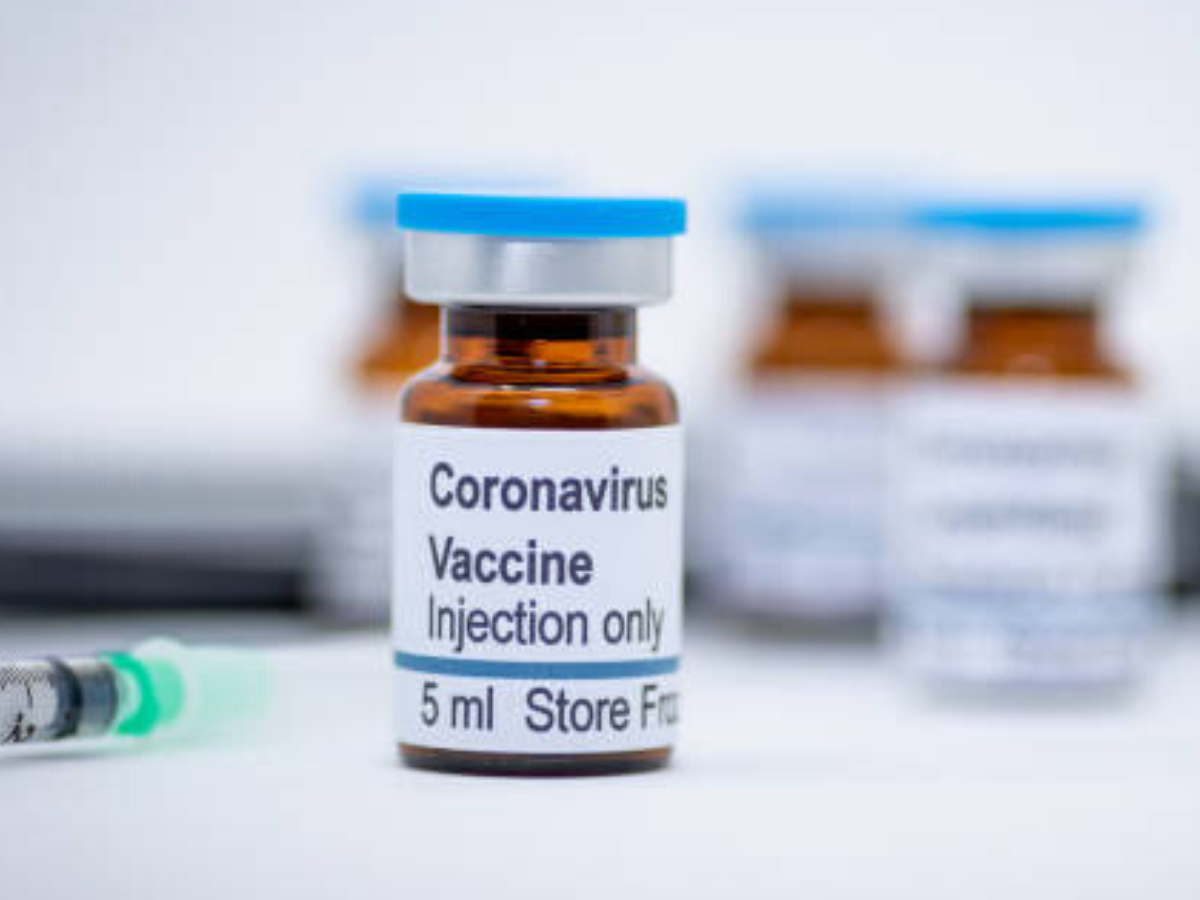Ensuring the Safety of COVID-19 Vaccines in the United States

The U.S. Food and Drug Administration (FDA) has granted Emergency Use Authorizations (EUA) for two COVID-19 vaccines which have been shown to be safe and effective as determined by data from the manufacturers and findings from large clinical trials.
These data demonstrate that the known and potential benefits of this vaccine outweigh the known and potential harms of becoming infected with the coronavirus disease 2019 (COVID 19).
Clinical Trials
Clinical trials are being conducted to evaluate additional COVID-19 vaccines in many thousands of study participants. These trials will generate scientific data and other information that will be used by FDA to determine vaccine safety and effectiveness. Clinical trials on all COVID-19 vaccine candidates are being conducted according to the rigorous standards set forth by FDA in their June 2020 guidance document, Development and Licensure of Vaccines to Prevent COVID-19external icon. If FDA determines that a vaccine meets its safety and effectiveness standards, it can make these vaccines available for use in the United States by approval or through an EUA.
After FDA determines that a COVID-19 vaccine candidate is safe and effective, the Advisory Committee on Immunization Practices (ACIP), a committee comprising medical and public health experts, reviews available data before making vaccine recommendations to CDC. Learn more about how CDC is making COVID-19 vaccine recommendations.
Vaccine Safety Monitoring
After a vaccine is authorized or approved for use, many vaccine safety monitoring systems watch for adverse events (possible side effects). This continued monitoring can pick up on adverse events that may not have been seen in clinical trials. If an unexpected adverse event is seen, experts quickly study it further to assess whether it is a true safety concern. Experts then decide whether changes are needed in U.S. vaccine recommendations. This monitoring is critical to help ensure that the benefits continue to outweigh the risks for people who receive vaccines.
FDA’s June 2020 guidance document also includes important recommendations for ongoing safety evaluation after any COVID-19 vaccine is made available in the United States.
CDC has expanded safety surveillance through new systems and additional information sources, as well as by scaling up existing safety monitoring systems.
Expanded Safety Monitoring Systems
The following systems and information sources add an additional layer of safety monitoring, giving CDC and FDA the ability to evaluate COVID-19 vaccine safety in real time and make sure COVID-19 vaccines are as safe as possible:
- CDC: V-safe — A new smartphone-based, after-vaccination health checker for people who receive COVID-19 vaccines. V-safe uses text messaging and web surveys from CDC to check in with vaccine recipients following COVID-19 vaccination. V-safe also provides second vaccine dose reminders if needed, and telephone follow up to anyone who reports medically significant (important) adverse events.
- CDC: National Healthcare Safety Network (NHSN) — An acute and long-term care facility monitoring system with reporting to the Vaccine Adverse Event Reporting System or VAERS that will allow for determination of COVID-19 vaccine adverse event reporting rates.
- FDA: Other large insurer/payer databases — A system of administrative and claims-based data for surveillance and research.
Existing Safety Monitoring Systems
As people get vaccinated, CDC, FDA, and other federal partners will use the following existing, robust systems and data sources to conduct ongoing safety monitoring:
General public
- CDC and FDA: Vaccine Adverse Event Reporting System (VAERS)external icon — The national system that collects reports from healthcare professionals, vaccine manufacturers, and the public of adverse events that happen after vaccination; reports of adverse events that are unexpected, appear to happen more often than expected, or have unusual patterns are followed up with specific studies
- CDC: Vaccine Safety Datalink (VSD) — A network of nine integrated healthcare organizations across the United States that conducts active surveillance and research; the system is also used to help determine whether possible side effects identified using VAERS are actually related to vaccination
- CDC: Clinical Immunization Safety Assessment (CISA) Project — A collaboration between CDC and 7 medical research centers to provide expert consultation on individual cases and conduct clinical research studies about vaccine safety
- FDA and the Centers for Medicare and Medicaid Services: Medicare data — A claims-based system for active surveillance and research
- FDA: Biologics Effectiveness and Safety System (BEST)external icon — A system of electronic health record, administrative, and claims-based data for active surveillance and research
- FDA: Sentinel Initiativeexternal icon — A system of electronic health record, administrative, and claims-based data for active surveillance and research
Members of the military
- Department of Defense (DOD): DOD VAERS dataexternal icon — Adverse event reporting to VAERS for the DOD populations
- DOD: Vaccine Adverse Event Clinical System (VAECS)external icon — A system for case tracking and evaluation of adverse events following immunization in DOD and DOD-affiliated populations
- DOD: DOD Electronic Health Record and Defense Medical Surveillance Systemexternal icon — A system of electronic health record and administrative data for active surveillance and research
Veterans
- Department of Veterans Affairs (VA): VA Adverse Drug Event Reporting System (VA ADERS)external icon — A national reporting system for adverse events following receipt of drugs and immunizations
- VA Electronic Health Record and Active Surveillance System — A system of electronic health record and administrative data for active surveillance and research
Tribal nations
Indian Health Service (IHS): IHS VAERS dataexternal icon — Spontaneous adverse event reporting to VAERS for populations served by IHS and Tribal facilities
source: https://www.cdc.gov/coronavirus/2019-ncov/vaccines/safety.html









